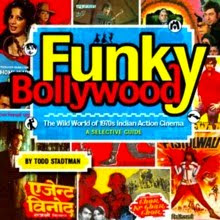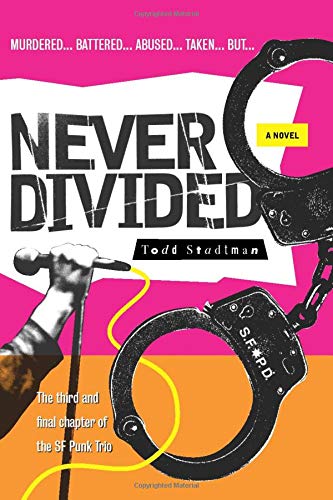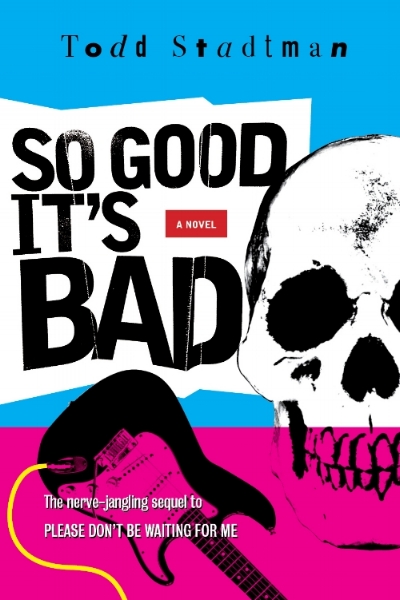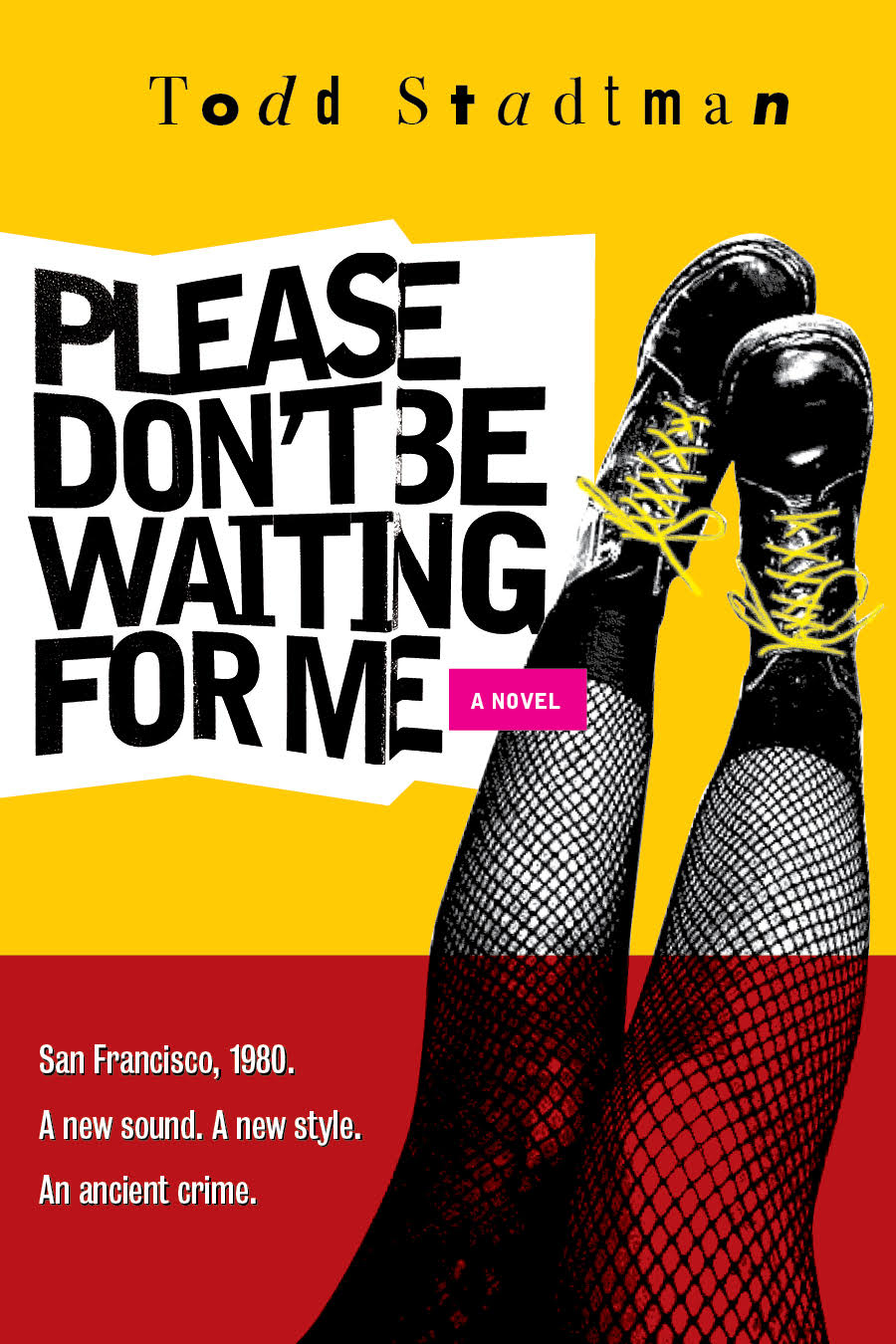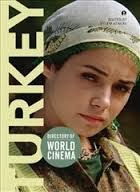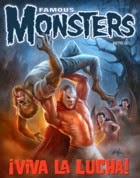It’s hard to believe that, back in 2010, I spent an entire month watching nothing but
jungle adventure movies. This especially because I do not particularly care for jungle adventure movies. You see, readers? Such is the mania that my love for you inspires.
My main take-away from that couch-bound safari of mine was the overwhelming evidence that, of all of the internationally recognized pop culture icons, from Superman to James Bond, the one that the most countries want to lay claim to is Tarzan. Thus we have competing versions of Edgar Rice Burroughs’ Jungle Lord from corners of the globe as far flung as
Israel,
Indonesia,
Egypt and
India, to name a few. The trouble is that, rather than simply speaking for itself, that knowledge made me feel duty bound to report to you on whatever new cultural permutation of Johnny Loincloth I stumbled across. Which brings me to
Dara, which is doomed -- despite its halfhearted attempts at subterfuge -- to become forever known among you as “Pakistani Tarzan”.
(Just ask
Turkish Star Wars, whose continued cries of "I have my own name, dammit!" continue to go unheeded.)
Dara is a product of Pakistan’s mainstream, Urdu language film industry based in Lahore – otherwise known as “Lollywood”. That is why it does not, like every Punjabi language Pakistani film I’ve reviewed, star either
Sultan Rahi or, like every Pashto language Pakistani film I’ve reviewed,
Badar Munir. Who it does star is Nasarullah Butt, a bodybuilder who served simultaneously as both Mr. Asia and Mr. Pakistan from 1954 to 1965 and who is here making his film debut.
Now, if you think that naming Nasarullah Butt’s debut film
Dara might constitute a none-too-subtle attempt to create positive associations with a certain
other South Asian athlete turned action star, you could be forgiven. Indeed, Butt, besides being of a similar body type, shares with Indian stunt film king Dara Singh -- who, by the way,
also played Tarzan -- the signature move of picking up his opponents and twirling them overhead before using them as human missiles. That is, of course, not to deny Butt his own claims to star quality. He is possessed of both brutal good looks and a winning smile and, while perhaps no Olivier, commands the screen with a certain brand of raw charisma.
That Charisma comes in handy, because
Dara’s Pakistani Tarzan, named Dara, follows the grand tradition of the majority of movie Tarzans in being dumb as shit. This, of course, does not prevent him from being sexual catnip to every attractive woman who finds herself within pheromone range, of which
Dara offers an impressive number. For starters, there is the film’s version of Jane, named Seema (Rani), who, I'm pleased to announce, follows in a grand tradition of South Asian B movie heroines in packing a pistol which she is by no means afraid to use. Next comes jungle girl Sonya, whom Dara repeatedly rescues from the rapey designs of a man whom I will just refer to as Mustache, who is the unscrupulous (and rapey… did I mention rapey?) partner of Seema’s fortune hunter father.
And finally, of course, there is an evil jungle princess (Aliya) who is determined to have the ape man as her own personal boy toy. Unfortunately, like so many jungle princesses before her, she has a nearly Aspergian grasp of the intricacies of courtship. It turns out that tying your love interest and all of his friends to stakes and then singing at them is not the surefire way to spark a lasting romance.
If that is not a classic "Bitch, please" look that Dara is sporting, I don't know what is.
Yet it is just possible that Seema is even more hormonally addled by Dara’s meaty proximity than is the Princess, as evidenced by a dream sequence that takes place at the film’s midpoint, when Tarzan… I mean Dara… has been presumed dead after a fall from a silly looking miniature bridge. Here Seema awakens in a fog enshrouded netherworld, surrounded by, not just Dara, but a whole host of loincloth clad muscle boys, all perched and flexing atop individual pedestals. She is inspired to song.








Without subtitles, it’s impossible for me to say with any certainty what Seema is singing. But, were I to guess, I would say that it’s an early precursor to Diana Ross’ 80s hit “I Want Muscle”. Long exposure to a well-oiled, mostly naked muscleman has, in his absence, driven Seema into a kind of erotomania that only a small army of such men can now satisfy. Here, as so often before, a Tarzan movie has revealed itself to be really all about unbridled female lust, and this scene, being so close to the heart of the matter, is undeniably
Dara’s main attraction.
The funny thing about all of these variously provenanced Tarzan movies -- be they your Daras, your Zimbos, or your
Zambos -- is how much they are really just Tarzan movies, with their specific cultural contexts providing very little in the way of detours from the usual formula. As an audience, this reduces us to less engaged spectators than detached observers, waiting in dull eyed resignation for the rolling out of the inevitable.
For starters, there is the standard roll call of boilerplate jungle perils (lions and bears and snakes, oh my!) and the stock footage used to realize them.
(Sorry, fans of quicksand and spiky pits; those two seem to have been either overlooked or ended up on the cutting room floor.)
And then there is the "lost" treasure, which, once found, drives those finding it into a googly eyed lather of cartoonish greed…
…from which skullduggery and backstabbing follows, delivering with them the simplistic rebuke to modernity and “so called” civilization (can we really say who the true savages are? CAN WE?) that we’ve all been waiting for.
Of course, along with the hoary,
Dara also boasts those standard Tarzan elements that are every bit as welcome as they are predictable. There are, for instance, silly costumes, such as the Leopardman outfits worn by the evil princess’s guards.
There is also a monkey. Here he is a Capuchin rather than the standard issue chimp, but he nonetheless acquits himself impressively in the field of simian screen heroics. There is one scene where he escapes from the captivity in which he and Dara are being held by the princess’s guards and races for help. Despite the obvious animal cruelty involved, I have to admit that I found the sight of the little guy hauling ass through the jungle with both hands tied behind his back pretty rousing. I am a horrible person.
In the hands of director Aslam Dar,
Dara’s virtually surprise-free cocktail of luddism, female libido and pulp histrionics is well mixed, with more than a few stylish touches. This may in fact be the most noirish of the wannabe Tarzans, featuring shadowy deep focus shots and a surfeit of moody lighting. Of course, nothing too radical, mind you. This is Tarzan, after all, and it’s unlikely that Pakistani audiences in 1968 were any more prepared than American ones would have been for the kind of dark reboots of beloved heroes that are all too common today. No, no matter how jungly the perils, our movie must end on a shot of a smiling Tarzan and Jane -- or, in this case, Dara and Seema -- riding off into the sunset on an elephant. And here it comes.

















































